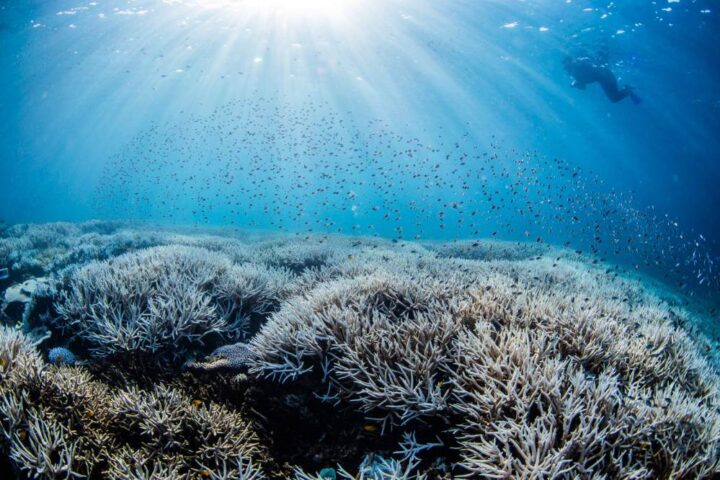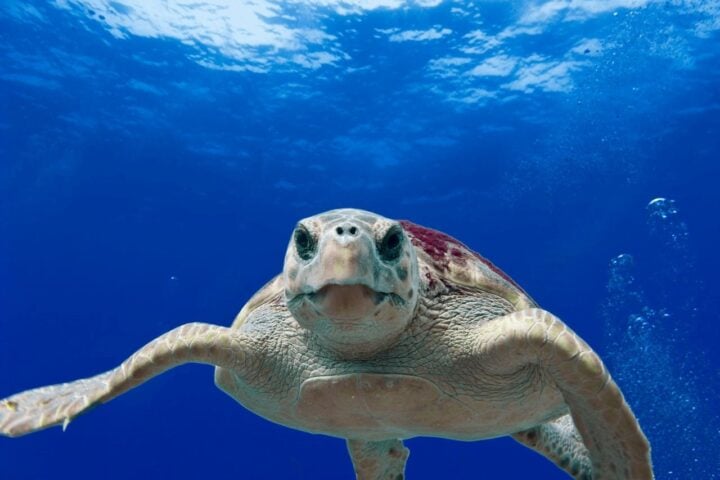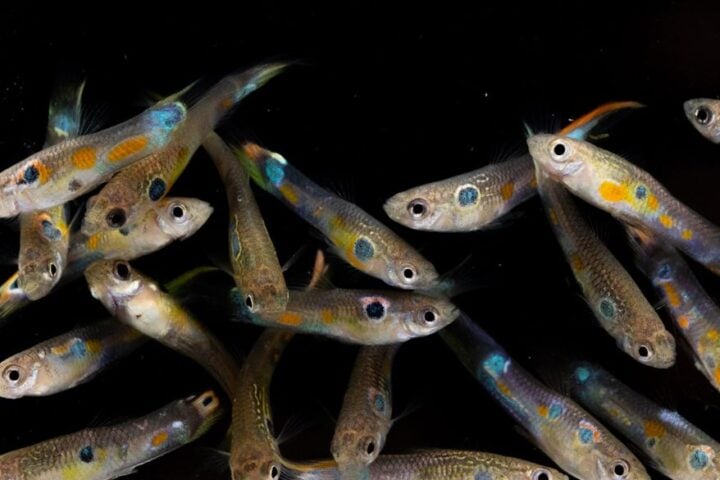In a bid to safeguard biodiversity, both theoretical and practical initiatives have been taken by the International Union for Conservation of Nature (IUCN), which has a database of most of the life on the planet. All the species are divided into categories like near threatened, vulnerable, endangered, or critically endangered. However, due to lack of study, research and survey they also do have a category known as “Data Deficient” (DD). Many are trying to bridge the data deficiency gap but a new study by researchers from Norwegian University Of Science And Technology suggests that data deficient species are more prone to go extinct compared to well studied species.
According to the study, which was published in Communications Biology, a species is considered DD if there is insufficient data on its range or population, and these species are “usually neglected” in studies analyzing the benefits of biodiversity. Governments utilise the IUCN “red list” to determine which species should receive priority for conservation efforts and most of the times threatened species receive more attention and DD category remain untouched.
A species should be classed as DD if it is possible to classify it as both Critically Endangered (CR) and Least Concern (LC) due to uncertain data. However, DD is not the proper category if the assessor believes a species to not be LC but is unsure of its precise threat level. In this situation, the assessor must make a choice and classify the species according to its risk tolerance. It is significant to highlight that most do not differentiate between the DD species based on the basis for that classification.
The researchers from Norwegian University of Science and Technology used modern day tools like machine learning to find key indications in large data and stats. Thanks to newer tech, it is now possible to handle and decipher huge data pools quickly. Hence predicting the probability of DD species going threatened is possible. During the research, the team from Norwegian University Of Science And Technology stumbled upon critical info like 123 DD species from the previous IUCN list are now included to the threatened category. Some of the research also suggests that the largest number of threatened marine DD species are in south-eastern Asia region, followed by the eastern Atlantic coastal area as well as numerous atolls and islands.
More than 140,000 species are evaluated by the IUCN based on factors like population size, trends, and threats. Policymakers frequently view about 20,000 DD species on the red list as being of little concern, but this study revealed that a substantially larger percentage of these species are threatened. According to research, 40% of Data Deficient ray-finned fishes, malacostracans, bivalves, snails and slugs may go extinct. 85% Data Deficient amphibians and more than half of Data Deficient anthozoans, insects , mammals and reptiles might be threatened by extinction in some or other way.
The most at-risk DD species are found in central Africa, southern Asia, and Madagascar, though researchers did not investigate why this would be the case. Up to 50% of marine species that are DD and live near the coast are at danger of being extinct. The study predicts a third to half of marine DD species around the world’s coastlines might go extinct. As per the findings 56% of DD species can be predicted to be threatened by extinction compared to the 28% of data sufficient species.


















